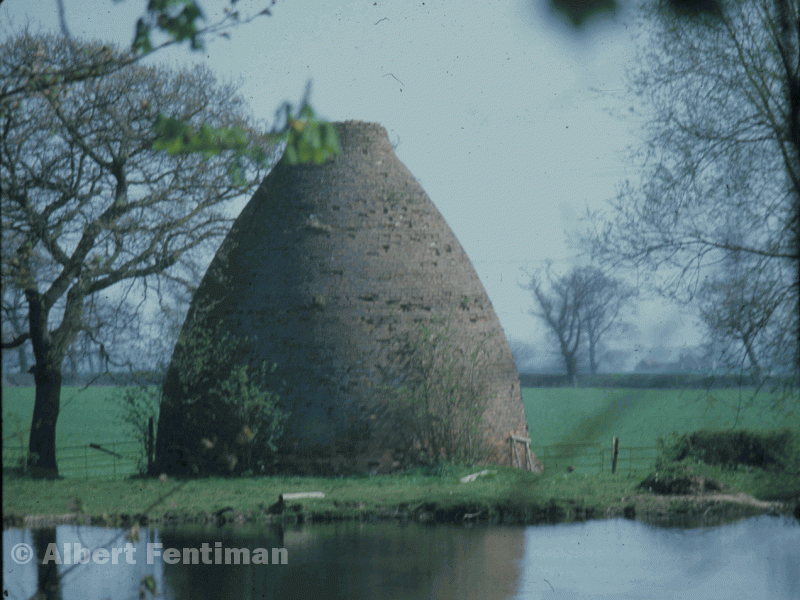West of a line drawn north to south through the centre of Sutton, most of the land is sandy and pebbly, while to the east there are beds of sandstone and clay. For a long time the land to the west was known as the Coldfield because it was so infertile - most of the farmland was just east of the centre, though there were large tracts of open commons on the east side also.
Early settlers here built their dwellings of timber and thatch, materials which were readily available everywhere, but the mud used to stop the draughts was easier to find on the eastern side than on the Coldfield. In places the clay was good enough for pottery, and there was a kiln producing pottery for Roman Britain here in the second century A.D.
Stone was quarried after the Norman Conquest, used to fortify the manor house on Manor Hill, and later to make stone plinths for the elaborate timber-framed houses of the more wealthy farmers. The parish church was built of local stone in the thirteenth century, and local stone continued to be quarried until the nineteenth century, when it was used for the Regency frontages of Ashfurlong Hall and Wheatmore Farm.
Even as Bishop Vesey was building 51 stone houses in Sutton in the 1530s the fashion was changing in favour of brick-built houses. Pockets and veins of clay for brickmaking were to be found in several places on the eastern side of Sutton; a writer in 1762 remarked that local bricks were “made out of a vein of clay which turns to an excellent red colour when well burnt; they are sold cheap, the price of them at the kiln being only half a guinea per thousand.” In 1830 J.S.Valentine of Fox Hill House had plans for a pottery, tile and brickmaking enterprise at Fox Hill where the “mine of clay is extensive and of an excellent quality for the manufacture of bricks, tiles, quarries and earthenware”.
Geology began to be more fully understood in the nineteenth century, and so it was known that the coal measures being mined at Hamstead Colliery extended beneath Sutton to outcrop again north of Coventry - a trial shaft was sunk in Walmley, but the coal measures lay far too deep to be reached. Meanwhile the geology to the west of Sutton was also being exploited. In the eighteenth century a decorative white gravel to beautify the formal gardens of Four Oaks Hall was taken from Sutton Park; later, sand and gravel generally was taken for use in the building trade - in 1894 sand and gravel worth £304 was extracted from Sutton Park.
